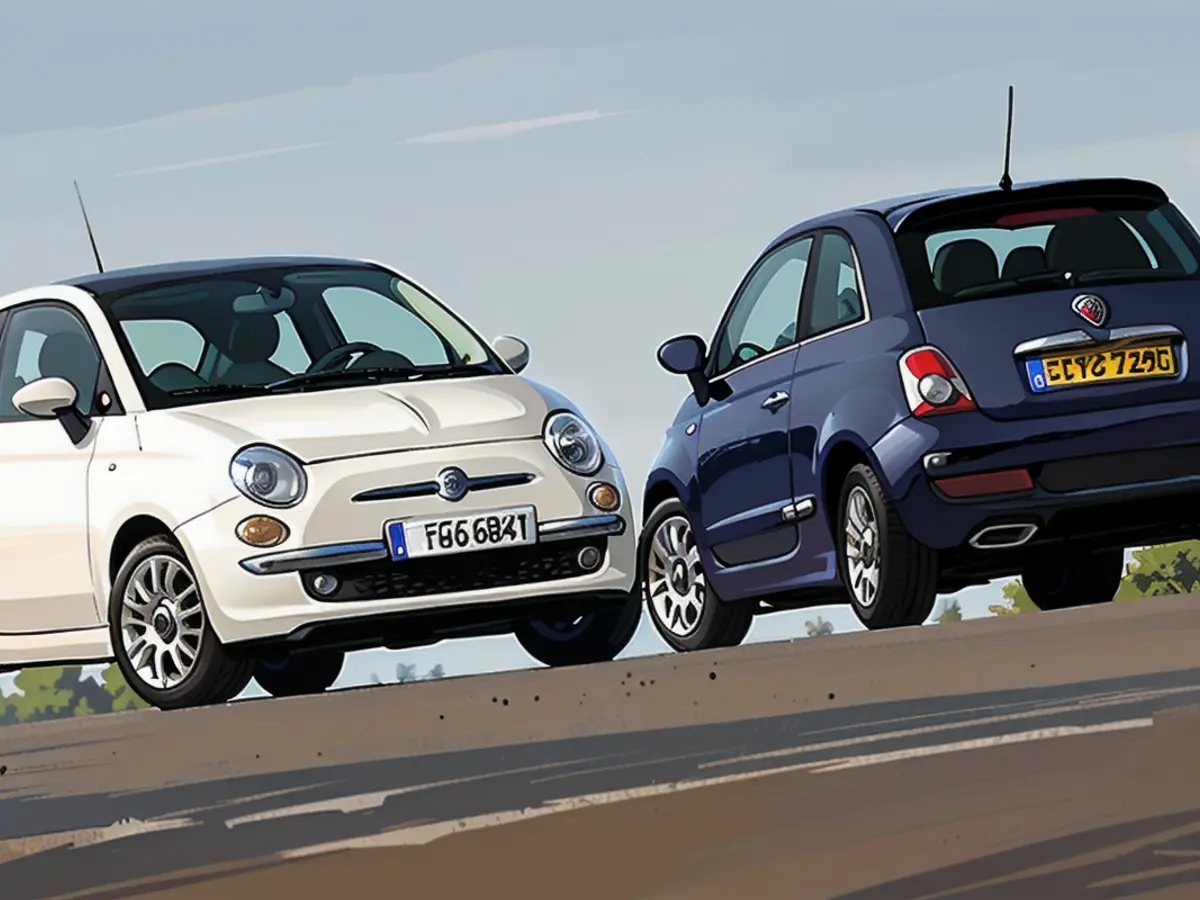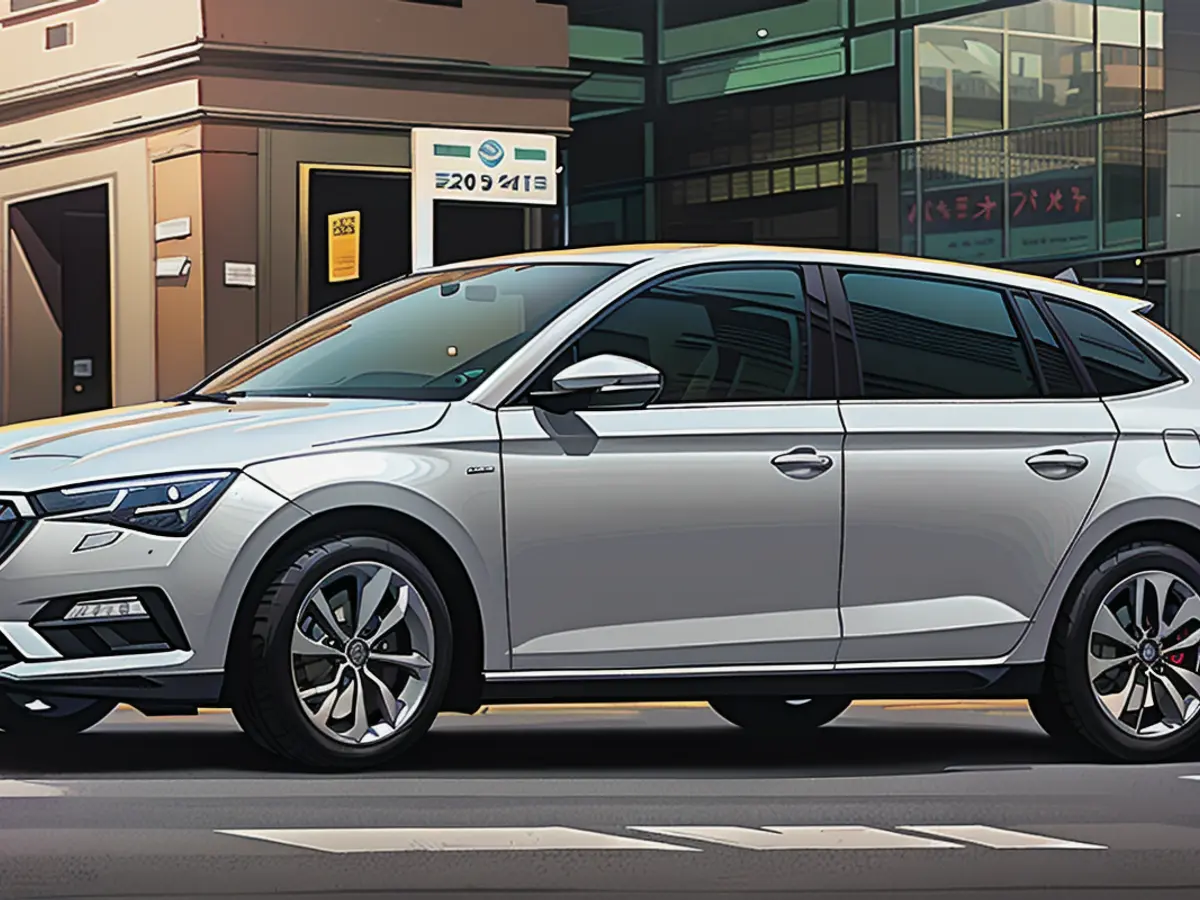Driving report: Volvo C40 Recharge Pure Electric Single Motor - Greetings from the rear
A quarter of a century is a long time. Most people can barely remember the first cell phones (back then with a retractable antenna) or the TV picture, which was a long way from 4K resolution. At least in color. It's been 25 years since Volvo offered a vehicle with real rear-wheel drive. Since then, it's been front-wheel drive or all-wheel drive. For fans of the active rear axle, the time of starvation is now over. The Volvo C40 Recharge Pure Electric Single Motor brings rear-wheel drive back to Sweden.
The buyer has the choice of the e-crossover. However, front-wheel drive is not available on the C40 Recharge. It starts with 175 kW / 238 PS and the familiar battery with a capacity of 69 kilowatt hours (66 kWh net), which is enough for a maximum of 487 kilometers (WLTP cycle). Those who prefer power will opt for the all-wheel drive model with 300 kW / 408 hp and the new batteries with 82 kWh capacity, whose energy content is good for a maximum of 550 kilometers. The range champion of the Volvo C40 Recharge is the version with 185 kW / 252 hp and rear-wheel drive in combination with the 82 kWh battery, which can nominally travel up to 582 km on a single charge. To ensure that the time needed to cover this distance does not result in an ultra-long break, the chemical and technical improvements have also resulted in a higher direct current charging capacity. It is now 200 kW instead of the previous 150 kW. This means that the energy storage units are filled from ten to 80 percent within 28 minutes.
With the CMA platform (Compact Module Architecture), which is shared by various Geely, Polestar and Volvo models, the technical basis remains identical. But that is almost all. The fact that the capacity of the "large" battery has increased by four kWh to 82 kWh is partly the result of an improved electrolyte, which leads to a higher energy density. Efficiency is the sum of various properties and one very important component is the motor. This is no different for electric cars than for combustion engines. So the Swedes developed the permanent magnet synchronous motor (PSM) themselves and fitted it with an optimized silicon carbide inverter, which brings about five percent efficiency.
Volvo gives the average consumption as 16.1 kWh/100 km. In our case, the on-board computer reported 19.9 kWh/100 km. The driving performance is perfectly adequate. After 7.3 seconds, the Volvo C40 Recharge Pure Electric Single Motor reaches the 100 km/h mark and is fast up to 180 km/h. It could also deliver 368 kW / 500 hp to the rear axle, but the Swedes stop at this top speed. As long as you don't get into any speed duels, you're still fast enough. Especially as the elasticity is definitely there between 70 and 120 km/h and the Volvo doesn't run out of steam.
This makes driving more relaxed. The suspension set-up is also successful. Although the Volvo C40 Recharge Pure Electric Single Motor Extended Range is comfortably tuned, the body does not bounce when driving over bumps. It is striking how quiet the interior is. The steering is not a model of sporty feedback, but it does not leave the driver completely in the dark about the traction situation and allows the car to rush through bends with ease. If you want, you can adjust the steering to a sportier setting via the touchscreen, but this only leads to greater restoring forces. The weight of 2,095 kilograms, including understeer, is also noticeable in the bends. Once you have internalized this and then accelerate too hard when accelerating out, the rear and almost simultaneously the ESP have their say. This shows once again that Volvo has a tradition of a whole host of assistance systems that intervene as soon as things get tight. Incidentally, you won't find a driving mode switch. The Swedish engineers are more generous when it comes to recuperation options: In addition to "One Pedal" driving and the complete deactivation of energy recuperation, "Auto" is available for selection. The degree of deceleration is then based on the vehicle in front.
We like the simple Scandinavian design of the interior, so it's good that it remains unchanged. Even if the wide edge of the nine-inch touchscreen now looks a little old-fashioned and is reminiscent of previous generations of TV screens. Volvo's infotainment is based on Google's Android software. But anyone who thinks that this means completely intuitive operation is mistaken. This starts with the rather small program tiles and ends with the sometimes convoluted menu navigation. There is no head-up display on board. In terms of space, the C40 is a two-class vehicle due to its coupé shape. While there is enough space at the front, the rear is much more cramped around the head from a height of 1.80 meters than is the case with its classically styled brother, the XC40.
The small rear window impairs the view to the rear, so the good old shoulder view and the camera help when maneuvering. The load compartment also suffers: In the C40, the trunk has a volume of 413 to 1,205 liters (XC40: 452 to 1,328 liters). Both models have a 31-liter frunk in the front. That leaves the price, which is 59,600 euros for the test car with the top Ultimate equipment.
Read also:
Source: www.stern.de








